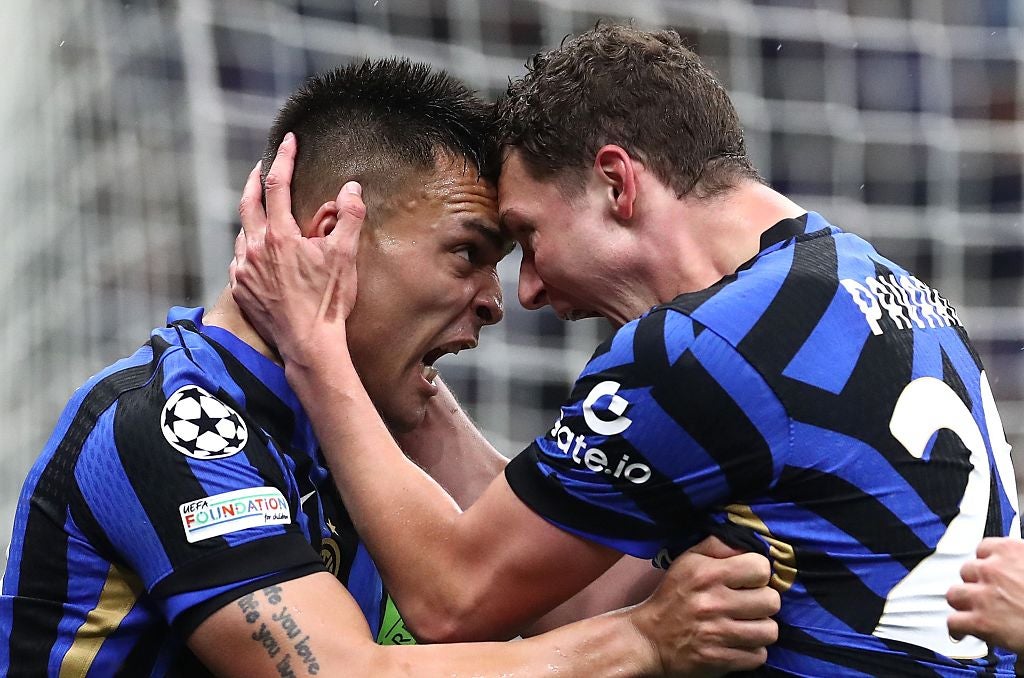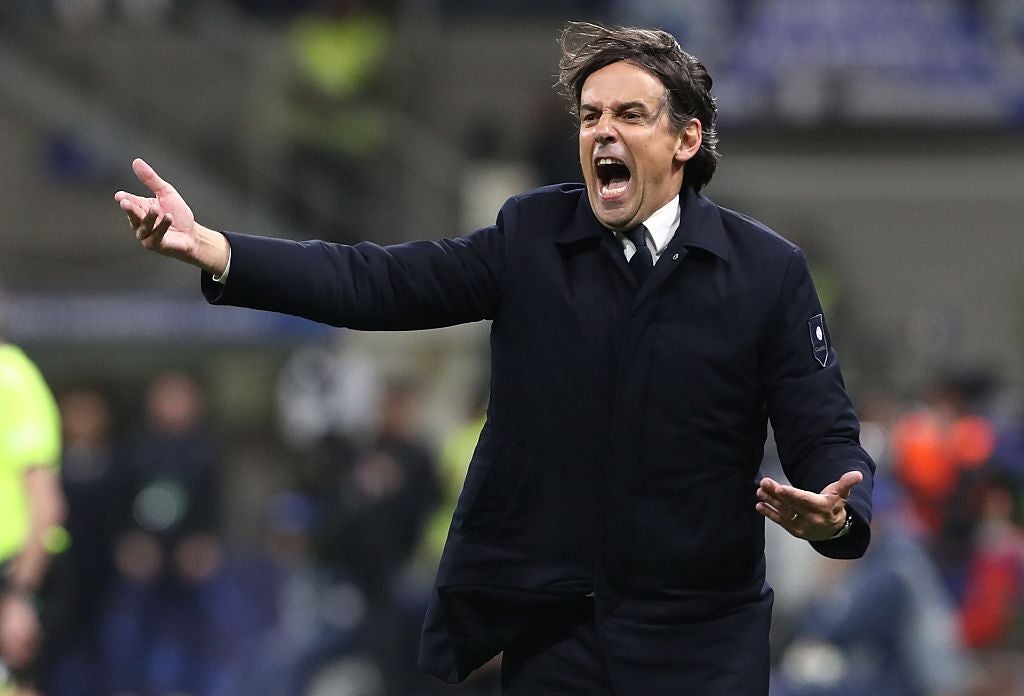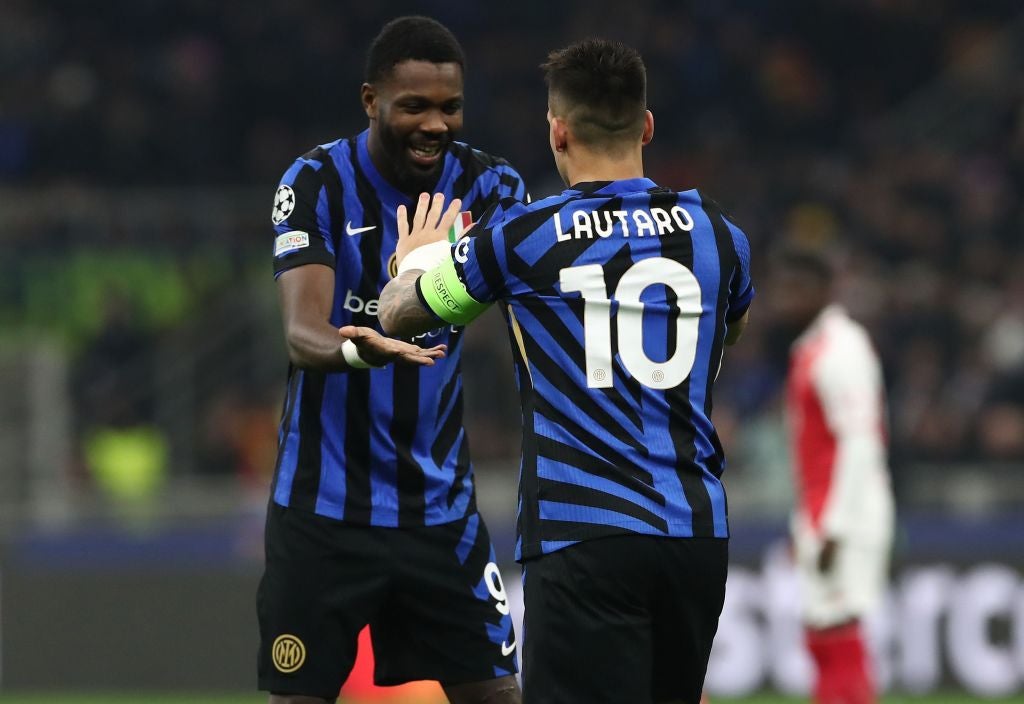ARTICLE AD BOX
Expect to see the images of Jose Mourinho and Pep Guardiola, of Thiago Motta being sent off in the Nou Camp and Internazionale’s 10 men defending, playing without the ball, knocking out one of the greatest teams ever. The 2010 Champions League semi-final against Barcelona remains seminal. But not merely because of the stylistic contrasts or the meeting of the managers who were allies turned enemies and opposites.
It, and Inter’s subsequent victory over Louis van Gaal’s Bayern Munich in the final, meant they were the last Italian club to win the Champions League. As Inter prepare for another semi-final against Barcelona, they may savour parallels with the past. This time, they have already beaten Bayern, in the last eight.

Inter came close to their fourth European Cup in 2023, reaching the final, Manchester City requiring several fine saves from Ederson to triumph in Istanbul. Juventus played in two finals in three seasons in the 2010s. Yet there can be an anachronistic feel to talk of Serie A teams conquering Europe. That 2010 triumph was the seventh in 22 seasons for an Italian club. There have been none in the last 14. They have lost out in a world of Premier League television revenues, Spanish superpowers and failures of infrastructure in Italy.
So if Inter can see off Barcelona, and then either Arsenal or Paris Saint-Germain, they would make history. They would also fly in the face of it. It is not true to present Serie A as the place where time stood still. Yet Inter are doing it a different way, ignoring many of the trends in the rest of the continent.
If Real Madrid have been the most successful club in the Champions League in the 17 years since Barcelona appointed Guardiola, the Catalans have been the most influential. It is an era dominated by passing and pressing philosophies and the intersection between them. Yet Simone Inzaghi’s football is more tactical, defined by a classic Italian, finely honed positional sense.
The Barcelona influence can feel all pervasive when, of the four managers in the semi-finals, two have Barcelona in their DNA, in Mikel Arteta and Luis Enrique, and a third, in Hansi Flick, manages Barcelona. Look at recent Champions League winners and, beyond Barca and Real, there are Spanish managers, like Pep Guardiola in 2023, or captains, such as Cesar Azpilicueta in 2021, or star players, like Juan Mata in 2012, or record signings, in Javi Martinez in 2013. The only real exception was Liverpool in 2019.
Inter, however, only have a Spanish back-up goalkeeper, in Josep Martinez. Klopp reflected the other great shift, the German school. Yet, while Inter’s squad has more of a grounding in the Bundesliga than LaLiga, they do not tap into it.

It can be a generalisation to say German clubs have the youngest squads and fastest brand of football and their Italian counterparts have the oldest and slowest. Yet the age profile of this Inter team means they are not equipped for relentless gegenpressing: Francesco Acerbi is 37, Henrikh Mkhitaryan and Yann Sommer 36, Matteo Darmian 35, Stefan de Vrij, Mehdi Taremi, Hakan Calhanoglu, Joaquin Correa, Piotr Zielinski all in their thirties. The four oldest line-ups in this season’s Champions League have all been named by Inzaghi. For the second leg against Bayern, they had an average age of 31.1 and no starter under 26.
There is a tactical element, too. Thomas Tuchel’s Chelsea won the Champions League playing 3-4-3. No one else has won it with a back three since Rafa Benitez’s mid-match switch in the 2005 final. Benitez was the Spanish manager who, tactically, was more Italian than Spanish and went on to lead Inter, albeit unsuccessfully. It is arguably harder to have a high press in a 3-5-2 formation.

There is another anomaly: few others play two strikers. Two of the semi-finalists rarely even use one, with PSG and Arsenal preferring false nines. Inter, however, pair Marcus Thuram with Lautaro Martinez and the Argentinian has scored in each of his last five Champions League appearances. Martinez can feel an unfashionable figure outside Italy: perhaps it is because he is at his best alongside another out-and-out striker and such formations have gone out of favour. Acerbi may be another throwback, the old-style Italian man-marker, a Pietro Vierchowod for the 2020s.
There is another difference, one which has enabled Inter to punch above their weight. This is a team constructed with canny use of the free transfer market. Zielinski and Taremi arrived without fees last summer, Thuram in 2023, Mkhitaryan in 2022, Calhanoglu in 2021 and De Vrij in 2018, while Andre Onana, another 2022 freebie, was sold on for a huge profit a year later.
Factor in the cut-price buys and Yann Bisseck, Carlos Augusto, Federico DiMarco, Sommer, Acerbi and Darmian all came for under €10m. Only six of Inzaghi’s squad cost more than €15m. There is a sense of old-school wheeler-dealing, of identifying undervalued players who could excel in a different environment.
In an era when Champions League wins seemed built on superstar signings and galacticos, precociously gifted graduates from La Masia or ferociously fast purveyors of heavy-metal football, there is something defiantly different about Inter. They may be out of step with football in the 2020s but, once again, they are near the summit of it.









 English (US) ·
English (US) ·